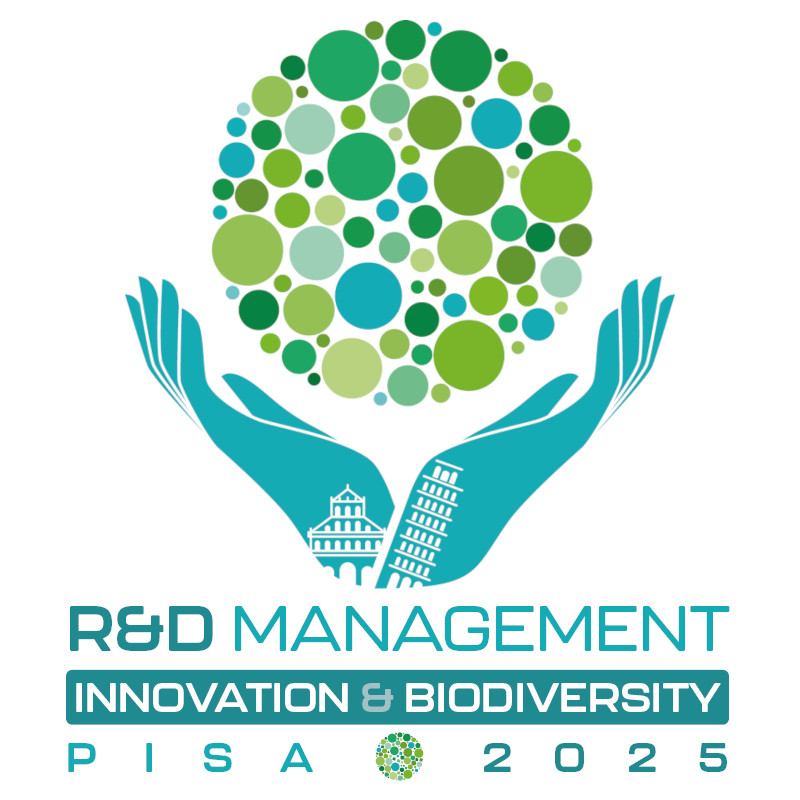“The twin transition—encompassing sustainability (green) and digital transformations—was chosen as the theme of this track because it represents one of the most significant and timely challenges for firms and policymakers,” says Gianluca Biggi, Institute of Economics, Scuola Superiore Sant’Anna, Pisa, Italy, chair of Track 2.7 of the R&D Management Conference 2025.
He explains: “Both transitions are high on the global agenda due to their potential to drive economic performance – growth in sales, employment, and productivity – while addressing urgent environmental challenges like climate change and resource depletion.
“The theme aligns with the increasing focus of firms and researchers on the interconnectedness of these transitions, which have historically been studied separately.”

CSRD driving innovation
Larger firms across the EU are now required to report under the EU’s Corporate Sustainability Reporting Directive (CSRD). CSRD aims to increase transparency and comparability of corporate sustainability reporting and facilitate the transition to a sustainable economy. It requires companies to report on a wide range of sustainability topics, including environmental, social and governance (ESG) issues, human rights and anti-corruption measures.
Gianluca comments: “Firms are now at a critical juncture, navigating trade-offs between short-term financial goals and long-term sustainability imperatives.
“CSRD is a prime example of how regulation can go beyond compliance to serve as a catalyst for innovation.
“By mandating transparent reporting on environmental impacts, the CSRD not only holds firms accountable but also encourages them to rethink processes, adopt new technologies, and develop innovative solutions to meet sustainability goals. This regulatory push aligns firms’ strategic priorities with broader environmental and social objectives, fostering a culture of continuous improvement and innovation.
“As a researcher, I am actively engaged in studying the economic and innovation dynamics of the twin transition, particularly its implications for firm performance and sustainability outcomes. The growing availability of firm-level data also makes it possible to generate new empirical insights into this emerging and impactful topic.
This track aligns closely with my research interests and aims to foster discussions and collaborations to advance understanding in this critical area.”
Track 2.7 When green meets digital: Understanding the ‘twin’ transition of firms
The term “twin” transition refers to the combined advancement of sustainability (green) and digital transformations, which are both expected to have significant economic impacts.
Digital technologies are reshaping business operations, offering opportunities for growth and productivity improvements, however the environmental footprint of digital infrastructure—such as increased energy consumption and electronic waste—poses serious sustainability challenges.
Although the digital and green transitions are often considered separately, firms are increasingly recognising their interconnected nature.
The proposed track aims to collect contributions that provide empirical evidence on the factors enabling or hindering the twin transition at the firm level. Contributions will address the theoretical, empirical, and policy implications of this dual transition, emphasizing their intersection.

R&D Management Conference 2025:
Innovation & Biodiversity
Institute of Management of Scuola Superiore Sant’Anna, Pisa
30 June – 2 July 2025
Track 2.7 When green meets digital: Understanding the “twin” transition of firms
Track Chair: Gianluca Biggi, Institute of Economics, Scuola Superiore Sant’Anna, Pisa, Italy
Co-chairs:
Andrea Mina, Institute of Economics, Scuola Superiore Sant’Anna, Pisa, Italy & Centre for Business Research, University of Cambridge, Cambridge, UK
Federico Tamagni, Institute of Economics, Scuola Superiore Sant’Anna, Pisa, Italy

